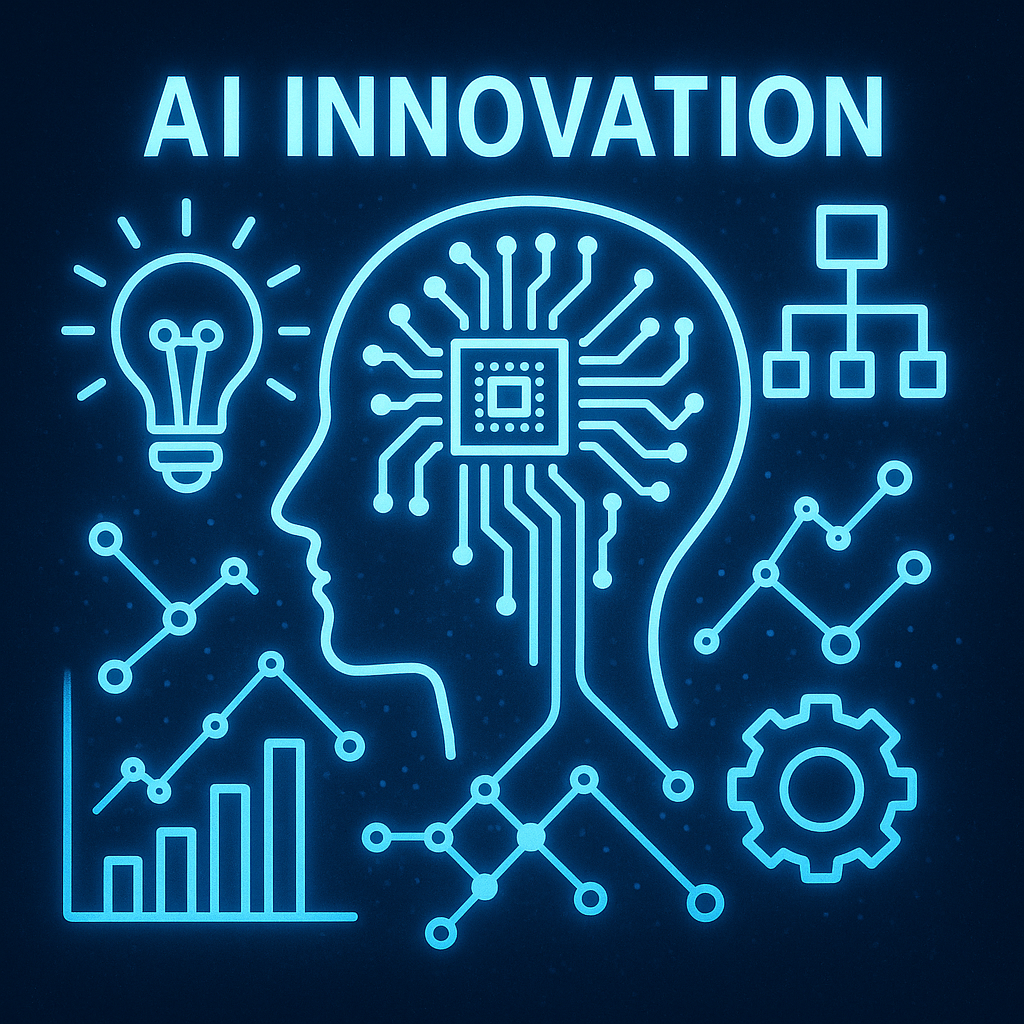Set the stage by framing AI as the “new oil” of the 21st century, a resource that nations are scrambling to control. Highlight recent events (e.g., AI-driven cyberattacks, autonomous weapons testing, or geopolitical AI investments) to underscore urgency. Pose critical questions:
- Will AI cement a new world order, or spark instability?
- Can humanity balance innovation with accountability?
1. The Rise of the AI Arms Race
Key Idea: AI is no longer just a tool for economic growth—it’s a strategic asset in global power politics.
- Drivers of Competition:
- Military Superiority: Autonomous drones, AI-powered cyber warfare, and decision-making algorithms.
- Economic Hegemony: Dominance in semiconductors, data infrastructure, and tech talent.
- Ideological Influence: Competing visions of AI governance (democratic vs. authoritarian models).
- Major Players:
- U.S. vs. China: The two superpowers investing billions in AI R&D (e.g., China’s “New Generation AI Development Plan” vs. America’s “National AI Initiative”).
- The EU: Balancing innovation with strict regulations (AI Act, GDPR).
- Russia, India, and Smaller States: Emerging strategies to avoid being left behind.
2. Key Battlegrounds in the AI War
A. Autonomous Weapons Systems
- Lethal AI: “Killer robots,” drone swarms, and the ethical debate over removing humans from kill chains.
- Case Study: The U.S. Department of Defense’s Project Maven vs. China’s AI-integrated military drills.
B. Cybersecurity and Information Warfare
- AI’s role in disinformation (deepfakes, bot armies) and cyberattacks (adaptive malware).
- Example: AI-generated propaganda in the Ukraine-Russia conflict.
C. Economic and Technological Dominance
- The semiconductor shortage as a choke point (Taiwan’s TSMC, U.S. export controls).
- Talent wars: How nations lure AI experts with incentives and visas.
D. AI Governance and Standards
- Competing frameworks: U.S.-led “alliances” vs. China’s state-centric model.
- The UN’s stalled efforts to regulate autonomous weapons.
3. Consequences: Risks of an Unchecked Arms Race
- Escalation Without Control: AI systems making split-second decisions could trigger accidental conflict.
- Erosion of Human Agency: Over-reliance on opaque algorithms in governance and warfare.
- Global Inequality: Smaller nations becoming “data colonies” for superpowers.
- Ethical Black Holes: Lack of accountability for AI errors or abuses.
4. Can the World Press Pause? Pathways to Cooperation
- Proposed Solutions:
- International treaties (e.g., a “Digital Geneva Convention”).
- Shared ethical frameworks for military AI (e.g., banning fully autonomous weapons).
- Global AI research partnerships to prevent fragmentation.
- Obstacles: Mistrust between powers, profit motives of Big Tech, and the dual-use dilemma.
Conclusion: The Future of Power in an AI-Driven World
Reiterate the stakes: AI could either stabilize global relations through shared innovation or deepen divisions in a zero-sum game. End with a call to action
FAQs to Include
1. Who is currently leading the AI arms race?
While the U.S. and China are the dominant players, their strengths differ. The U.S. leads in foundational research, private-sector innovation (e.g., OpenAI, Google DeepMind), and military AI partnerships (e.g., DARPA). China excels in surveillance AI, facial recognition, and state-backed industrial scaling. Smaller players like the EU focus on regulation, while countries like Israel and South Korea specialize in defense applications.
2. What are the risks of autonomous weapons systems?
Autonomous weapons (or “killer robots”) could lower the threshold for war by enabling rapid, algorithm-driven attacks without human oversight. Risks include accidental escalation (e.g., misidentifying targets), hacking vulnerabilities, and erosion of ethical accountability.
3. How is the AI arms race different from past technological competitions (e.g., the Space Race)?
Unlike the Space Race, AI is a dual-use technology—it has civilian and military applications, making regulation harder. It’s also driven by private companies (e.g., tech giants), not just governments, and advances at a breakneck pace due to global data-sharing and open-source collaboration.
4. Can private companies influence the AI arms race?
Absolutely. Firms like Palantir (U.S.), Huawei (China), and Baykar (Turkey) supply AI tools to militaries. Tech workers have occasionally protested (e.g., Google’s Project Maven backlash), but profit motives and national pressure often override ethical concerns.
5. Is international cooperation on AI possible?
Efforts like the UN’s Group of Governmental Experts on Lethal Autonomous Weapons and the Global Partnership on AI (GPAI) aim to foster collaboration, but progress is slow. Mutual distrust, espionage fears, and conflicting governance models (e.g., democracy vs. authoritarianism) hinder agreements.
Read Also-Nest Thermostat Overview and Setup Guide
